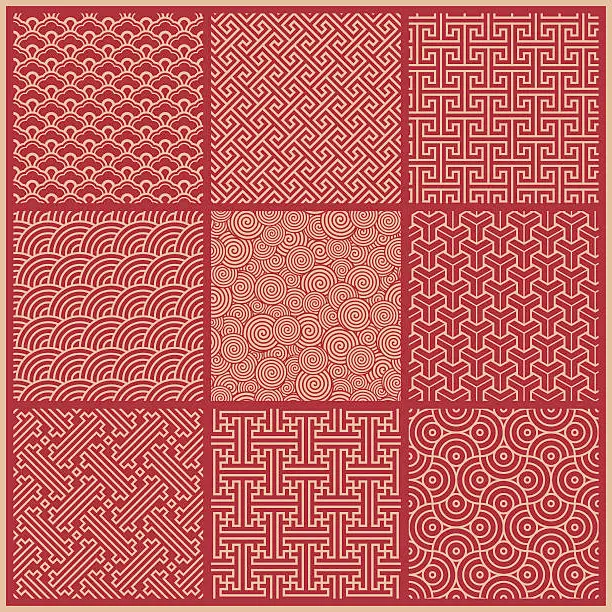
Shaping Tomorrow: Exploring the Future of Design
- Admin
In an ever-evolving world driven by technological advancements, cultural shifts, and environmental concerns, the future of design holds boundless possibilities. From sustainable innovations to immersive experiences, the trajectory of design is set to redefine how we interact with the world around us. Let's embark on a journey to explore the exciting prospects and emerging trends that are shaping the future of design.
Designing for Sustainability
As environmental consciousness continues to grow, sustainability has become a central focus in design. From eco-friendly materials to circular design principles, designers are pioneering new ways to minimize environmental impact and promote a more sustainable future. The integration of renewable resources, recycled materials, and innovative manufacturing processes is paving the way for a more sustainable approach to design that prioritizes both aesthetics and environmental responsibility.
Embracing Digital Innovation
The digital revolution has transformed every aspect of our lives, and design is no exception. Digital tools such as virtual reality, augmented reality, and artificial intelligence are revolutionizing the design process, enabling designers to create immersive experiences, streamline workflows, and push the boundaries of creativity. From virtual prototyping to algorithmic design, the integration of digital technologies is unlocking new possibilities and expanding the scope of design in unprecedented ways.
Human-Centered Design
In an increasingly interconnected world, human-centered design is more important than ever. Designers are placing greater emphasis on empathy, inclusivity, and accessibility, ensuring that products and experiences are tailored to the diverse needs and preferences of users. By prioritizing human experience and usability, designers can create solutions that enhance quality of life, foster social connection, and promote well-being for all.
Personalized and Adaptive Design
Advancements in data analytics and machine learning are enabling designers to create personalized and adaptive experiences that respond to individual preferences and behaviors. From customized products to dynamic interfaces, design is becoming increasingly tailored to the unique needs and preferences of each user. By harnessing the power of data-driven insights, designers can create more relevant, engaging, and meaningful experiences that resonate with users on a personal level.
Designing for the Metaverse
As virtual and augmented realities continue to evolve, the concept of the metaverse is becoming increasingly tangible. Designers are exploring new ways to create immersive virtual worlds that blur the lines between physical and digital realities, offering endless possibilities for entertainment, communication, and collaboration. From virtual spaces to digital avatars, the metaverse represents a new frontier for design, where imagination knows no bounds.
Conclusion
The future of design is bright and full of promise, with endless opportunities for innovation, creativity, and positive impact. By embracing sustainability, digital innovation, human-centered principles, and the possibilities of the metaverse, designers have the power to shape a future that is more inclusive, sustainable, and enriching for all. As we look ahead, let us embark on this journey together, shaping tomorrow through the transformative power of design.
